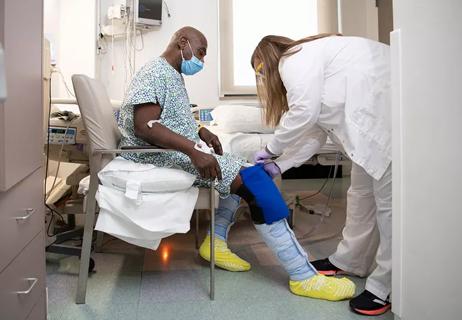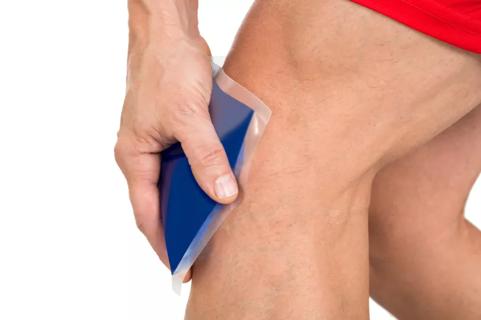Hip and knee replacements are among the most successful and satisfying

Who says having arthritic joints means you have to stop being active? This doesn’t have to be the case! Even though arthritis is the leading cause of disability in the United States affecting more than half of all of those over age 60, today’s artificial joints are meeting and exceeding people’s expectations for a full return to regular activities.
Cleveland Clinic is a non-profit academic medical center. Advertising on our site helps support our mission. We do not endorse non-Cleveland Clinic products or services. Policy
This is good news for an active generation that has no intention of slowing down – especially because by 2030, Americans 65 and older will make up 20% of the population!
“The advancements in joint replacements have come a long way. They are essentially offering people a new and improved life in their older age,” says orthopaedic surgeon Peter Surace, MD.
When patients with arthritic hips and knees no longer respond to conservative care such as medications and physical therapy, orthopaedic surgeons have the ability to replace these joints.
“Hip and knee replacements, in particular, are among the most successful and satisfying surgical procedures for patients,” says Dr. Surace. “We can often relieve pain and restore function, with great attention to safety and accuracy so we can minimize complications.”
There have been many advances in joint replacement since the 1960s when these procedures were first performed. They include:
It’s important to think of surgery as the last resort once all other rehabilitative options are exhausted. “However, if you do need a joint replacement, the good news is that the innovations have made these procedures safer and the rehabilitation time quicker than ever before — often allowing people to return to high levels of activity,” says Dr. Surace.
Learn more about our editorial process.

They can last 10 to 15 years, but factors like age and activity level can impact their longevity

Improved implants and techniques allow for safer use in younger patients

Build a fitness program to keep your new hip or knee in good shape

Make a proactive plan to prepare yourself for surgery

Plus, tips on how to recover

How to maintain your mobility well beyond retirement

Traditional surgery has advantages, same overall benefits

Freedom from pain can restore intimacy

Your metabolism may torch 1,300 to 2,000 calories daily with no activity

A gentle touch in all the right places may help drain your sinuses